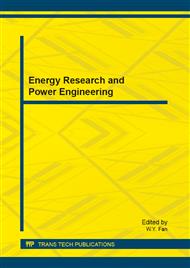p.732
p.737
p.743
p.748
p.754
p.760
p.767
p.773
p.777
A Bio-Inspired Strategy for Robotic Fish Swimming in Unsteday Flows
Abstract:
Fish can swim swiftly in complicated flow environments, which conceives inspirations for man-made underwater vehicles. The paper concentrates on some bio-inspired strategies to enable robotic fish better adaptability within changing environments. An adaptive neural method corresponding to environment is proposed and developed with a pair of coupled neural oscillators. A parameters forecasting algorithm is also designed. On the other hand, a notional four joints robotic fish is designed to validate the effectiveness of the model. Simulation results show that the proposed algorithms predict the altering kinematics parameters exactly and improved model can depict the fishs adaptable behaviors. Therefore the effectiveness is further validated for potential applications into robotic fish.
Info:
Periodical:
Pages:
754-759
Citation:
Online since:
July 2013
Authors:
Price:
Сopyright:
© 2013 Trans Tech Publications Ltd. All Rights Reserved
Share:
Citation:


